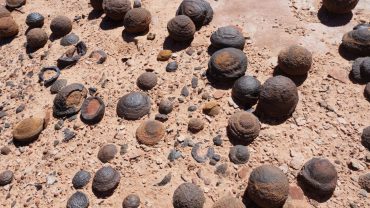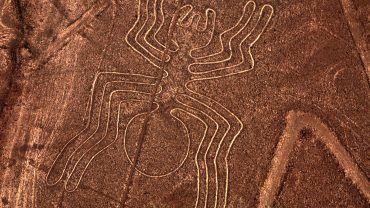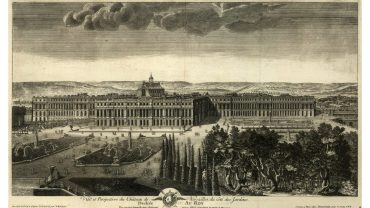In the summer of 1346, a lone ship slipped out of the port of Palma and vanished into the Atlantic, chasing whispers of a legendary river said to run with gold. At its helm was Jaume Ferrer, a little-known Majorcan explorer whose name survives only in a cryptic map and a centuries-old note. Did he uncover Africa’s fabled wealth or sail straight into oblivion? This is the mystery of Ferrer’s forgotten voyage.
When it comes to exploration, history’s full of adventurers who risked everything to push the boundaries of the known world. From Greek explorer Eudoxus of Cyzicus to early twentieth century French aviator Charles Nungesser, there have always been stories of ancient expeditions that nevertheless disappeared into the realms of myth and legend. Into that rarified group steps Jaume Ferrer, a fourteenth century Spaniard who, in the pantheon of the world’s great explorers, is all but forgotten.
Ferrer’s expedition in search of the so-called ‘River of Gold’ could have been one of the medieval world’s greatest adventures, but the history books have largely consigned it – and him – to a barely remembered footnote. So who was Jaume Ferrer, and what was he looking for?
Let’s set sail into a fourteenth century maritime mystery.
Who was Jaume Ferrer?
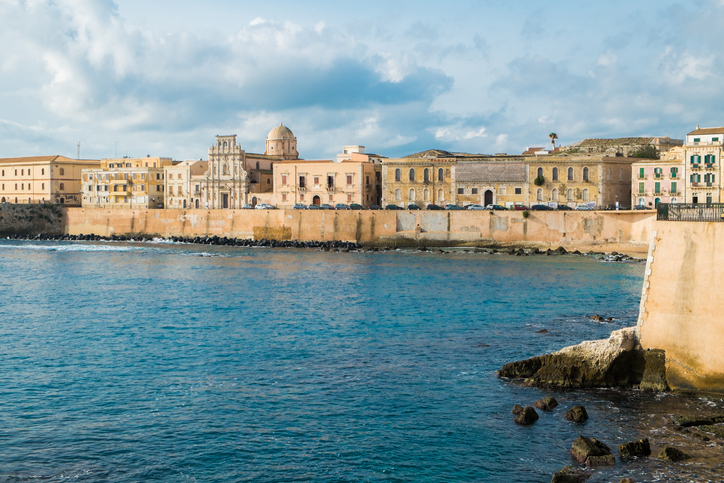
Ferrer may have been active in the ancient seaways of Sicily in the early 1300s (Credit: elisalocci via Getty Images)
There’s almost no information about this mysterious Majorcan explorer in the historical record, and what’s known is largely the subject of conjecture. He was probably born in the early fourteenth century – perhaps around 1310 or so – in or around Majorca. He may have been a captain with experience in Mediterranean trade, commanding merchant ships between Mallorca and various ports in Flanders, Sicily, and Genoa. Other than that, the history books are eerily silent. Research in the last decade very tentatively identifies him as a second-generation Genoese immigrant called Giacomino Ferrar di Casa Maveri, but this remains rather speculative.
The Catalan Atlas & Jaume Ferrer’s Expedition
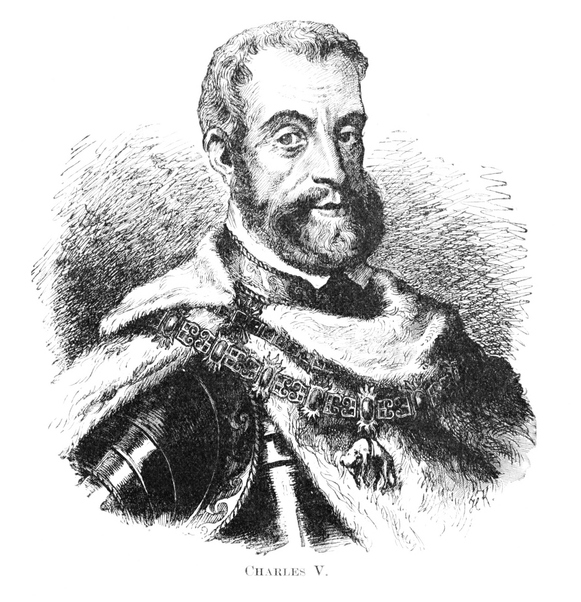
The Catalan Atlas may have been a gift for King Charles V of France (Credit: Christine_Kohler via Getty Images)
Described as ‘the zenith of medieval map work’, the Catalan Atlas is widely regarded as one of the most important, influential and beautiful maps ever created. Today housed in the Bibliothèque nationale de France in Paris, it was likely commissioned by Prince John of Aragon as a gift for either King Charles V of France, or his son, Charles VI.
The map was created between 1370 and 1380 (conventionally dated 1375) and is attributed to cartographer Abraham Cresques of the Majorcan cartographic school. It’s a staggering work which originally consisted of six large vellum leaves, richly painted with gold and silver, and mounted on wooden panels for display.
Yet the Catalan Atlas is much more than simply a navigational chart. It’s a visual encyclopedia of the fourteenth century world, combining detailed geographic information with cosmography, astronomy, and extensive commentary. The first two leaves focus on the sciences, emphasising the Earth’s spherical shape and providing practical advice for sailors, such as how to read tides and tell time at night. The remaining four leaves comprise the map itself, depicting the known world from the Atlantic Ocean to China, and from Scandinavia to Africa, with remarkable accuracy for its time. The atlas features cities marked with symbols of political allegiance, detailed illustrations of peoples and places, and even incorporates information from travellers, such as Marco Polo’s Silk Road accounts, as well as West African gold routes. It even includes stunning illustrations of legendary islands and fantastical sea monsters.
Included in all this wonderment is the vivid commemoration of the little-known voyage of Majorcan explorer Jaume Ferrer.
The Explorer Ferrer
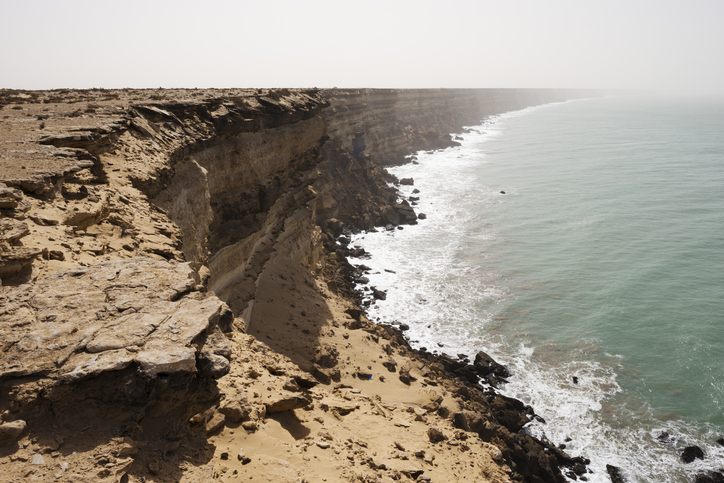
Ferrer's ship was depicted in the treacherous waters off the Western Sahara (Credit: David Head via Getty Images)
The Catalan Atlas serves as the primary historical record of Jaume Ferrer’s ill-fated voyage. Ferrer’s expedition is depicted in the atlas’s third panel, where a brightly painted Aragonese-flagged uxer (a cargo galley) appears off the West African coast below the Canary Islands. A note accompanying the ship states: “Jacme Ferrer set out in this ship, called an uxer, on the 10th day of August 1346 to sail to the Riu de l’Or”.
This tiny scene is the sole contemporary record of Ferrer’s quest along Africa’s west coast and positions his ship near Cape Bojador, a hazardous coastal feature that marked the southern limit of European navigation at the time. This placement suggests Ferrer’s expedition may have ventured beyond this point – a feat not reliably achieved until the Portuguese explorer Gil Eanes in 1434, some eighty-eight years later.
The River of Gold
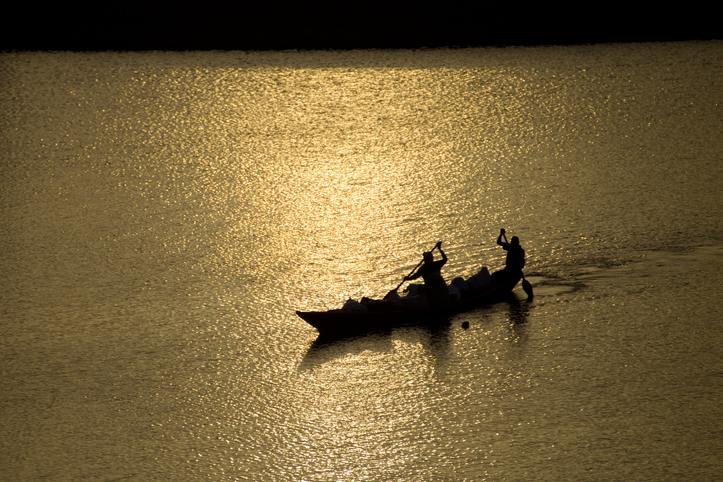
Was Ferrer bound for the Senegal River, the 'River of Gold?' (Credit: Aldo Pavan via Getty Images)
In 1802, a note was uncovered in the secret archives of the Republic of Genoa which describes a Catalan named ‘Joannis Ferne’ departing from Majorca in 1346 to search for the “Riu Auri” (River of Gold), and that the vessel was never heard from again.
The note also mentions Jaume Ferrer’s motivation, that he had heard the river was a collection point for aurum de paiola – possibly translated as ‘gold nuggets’. The Genoese note further describes the local people as gold collectors and suggests that the river was wide enough and deep enough to accommodate large ships.
The River of Gold referred to in the story of Jaume Ferrer is often cited as being the Senegal River, located in West Africa. This river flows from the Fouta Djallon highlands in Guinea, through Mali, and forms the border between Senegal and Mauritania before emptying into the Atlantic Ocean.
The river gained its reputation during the Middle Ages because it was closely linked to the trans-Saharan gold trade. Arab geographers and traders reported that the river reached into the heart of the gold-producing regions of the Ghana and later the Mali Empires. These reports described the riverbanks as places where gold could be collected, and they fuelled European legends about a waterway leading to immense wealth. The river was sometimes called the Nile of Ghana or the Western Nile by Arab sources, and European maps often depicted it with a legendary Island of Gold.
The significance of the Senegal River lies in its role as a major artery for commerce, culture, and empire-building in West Africa. It served as a vital trade and transport route, connecting the gold-rich interior with the Atlantic coast and facilitating the exchange of gold, salt, and other goods between African kingdoms and Mediterranean traders. For European explorers like Jaume Ferrer, the river heralded the promise of direct access to Africa’s legendary gold wealth, bypassing the dangerous overland Saharan trade routes.
What Happened to the Ferrer Expedition?

It's considered unlikely Ferrer made it safely back to Majorca (Credit: © Allard Schager via Getty Images)
The fate of Jaume Ferrer, his crew, and his ship – which is not recorded by name – remains unknown. Some have speculated that while his route to the River of Gold was with the prevailing winds and currents, his journey back would have been against them and he was ill-equipped without the proper sails. It’s also been suggested that his ship was too big and clumsy for such a complicated trip, as well as the fact that he may have been the first European in centuries to have attempted the voyage and was literally sailing into the unknown.
Another theory points out that if his expedition was a success – and he did indeed return to Spain with gold, ivory, and other exotic riches – there would have been a rush to exploit this route from Europe to West Africa, especially from Spain, Portugal, Italy and France. Yet no such rush is recorded in history books until decades later. It had the potential to have advanced the Age of Exploration by a century, but it didn’t.
Jaume Ferrer: The Forgotten Explorer
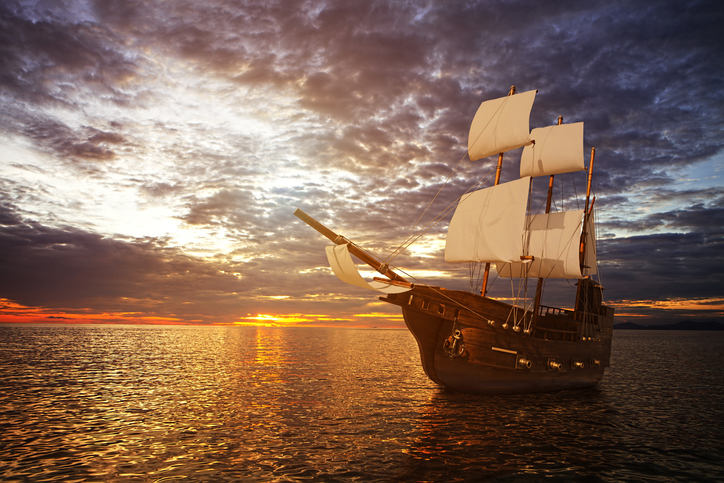
What happened to Jaume Ferrer? (Credit: zhudifeng via Getty Images)
There’s no evidence that Jaume Ferrer ever returned from his 1346 voyage, and the prevailing view among historians is that he did not complete his journey (or at least did not survive to report back). The Catalan Atlas itself offers no follow-up – its inscription merely notes his departure, and subsequent silence suggests the expedition met with an ill-fated end.
Modern scholarship has found no records of Ferrer’s arrival at the River of Gold nor any later mention of him in Majorca or elsewhere. The note from the Genoese archive, saying he was never heard from again, reinforces the idea that his ship was lost at sea.
While the memory of Ferrer’s bold attempt survives in Majorca – where a street, and a statue in the Plaça de les Drassanes, commemorate him – his ultimate fate remains lost to history.

